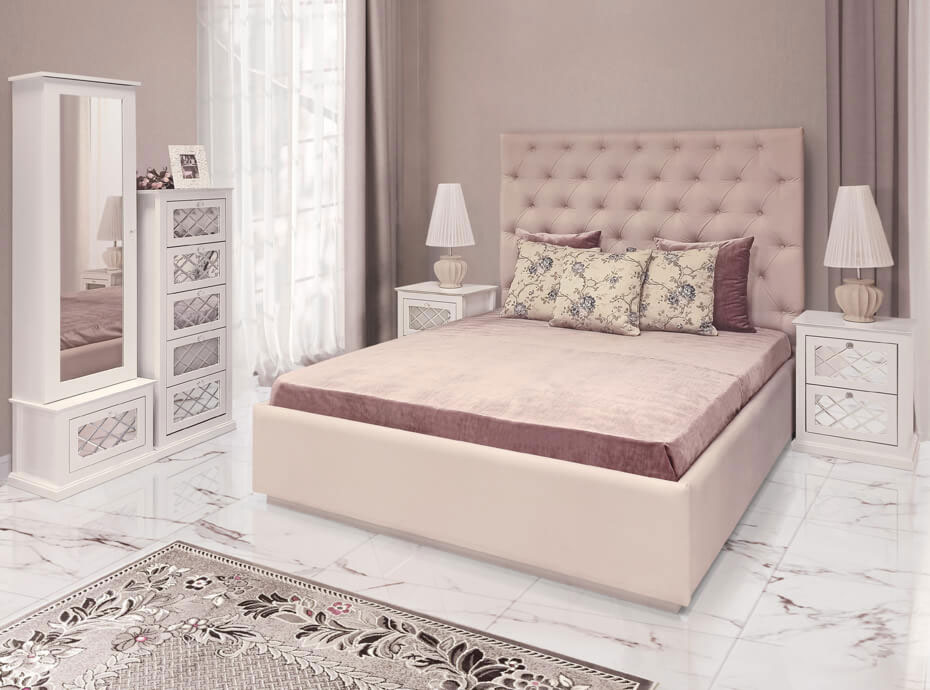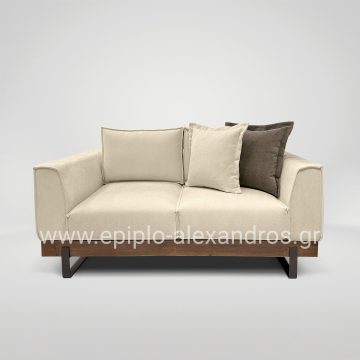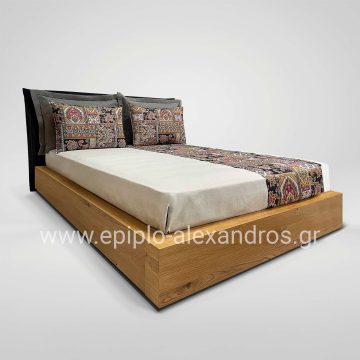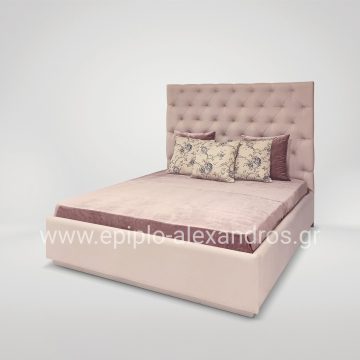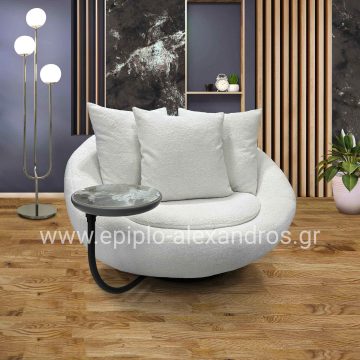Luxury handmade furniture in Thessaloniki
You will find our furniture in Thessaloniki and everywhere in Greece and Cyprus as we come to you wherever you are!
Unique Deals!
Look for unique offers on handmade home furniture and equip your space with top pieces of timeless value.
For you, we make luxury affordable!
New Products
Quality, elegance, timelessness & variety
Browse our collection of luxurious dining room sets, while we highly recommend you take a look at the stunning living room sofas we have available.
So, find our top classic or modern home furniture in Thessaloniki - and beyond - and satisfy your every need and taste!
Service areas
High-end professional furniture
Are you a business owner looking for professional furniture in Thessaloniki, the rest of Greece or Cyprus?
Here, you will find handcrafted furniture of the highest quality to equip any business, such as professional hotel equipment. At the same time, we offer you a free space study and recommend the one that best suits your space!
If you want to earn great discounts or become a reseller of our products, sign up with us to see prices and place your order quickly and easily.
Είστε ιδιοκτήτης επιχείρησης και αναζητάτε επαγγελματικά έπιπλα στη Θεσσαλονίκη, στην υπόλοιπη Ελλάδα ή στην Κύπρο;
Εδώ, θα βρείτε χειροποίητα έπιπλα κορυφαίας κατασκευής για τον εξοπλισμό κάθε επιχείρησης, όπως επαγγελματικό εξοπλισμό ξενοδοχείων. Ταυτόχρονα, σας προσφέρουμε δωρεάν μελέτη χώρου και σας προτείνουμε αυτό που ταιριάζει καλύτερα στον χώρο σας!
Εάν θέλετε να κερδίζετε μεγάλες εκπτώσεις ή να γίνετε μεταπωλητής των προϊόντων μας, γραφτείτε μαζί μας για να δείτε τις τιμές και να κάνετε την παραγγελία σας εύκολα και γρήγορα.
The leading furniture store in Thessaloniki - Handmade, custom furniture
Our furniture, all made by us, made to order and with a wonderful design, will give a touch of luxury to your space while you will have them for a lifetime as they are made of top furniture materials, 100% GREEK!
From personalized investments to personal choices in finishes, every detail is meticulously taken care of in order to satisfy your every expectation.
So, whether you are in Thessaloniki or elsewhere, our unique and custom-made furniture can be delivered to the location you!
Free transport and placement for the Prefecture of Thessaloniki and many areas of the province.
New Products
that will upgrade your space and you will literally have it for a lifetime..



